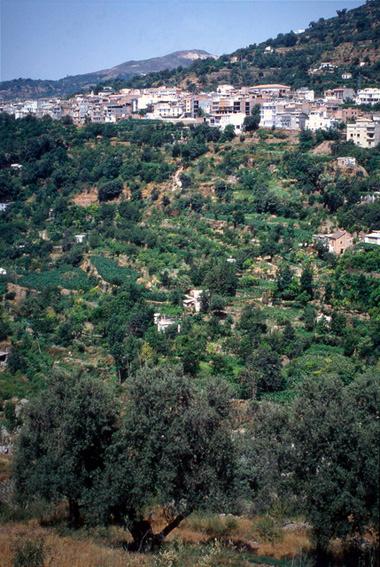Lanjarón

The municipality of Lanjarón is located on the southeast slopes of the Natural Park of Sierra Nevada.
The high quality of its medicinal water has given the town a long history as a health spa, situated beside the Valle de Lecrín and crossed by the river Lanjarón, a tributary of the river Guadalfeo. It shares the typical features of all Alpujarra villages, i.e. a distinctive type of architecture in the buildings, adapted to the structure of the irregular land and to the climate of the area, which is characterized by narrow streets with memories of a Moorish past.
The western threshold of Las Alpujarras, a unique natural connection between the Mediterranean coast and Sierra Nevada, towered by the highest peaks of the Peninsula, Lanjarón is a place to visit.
History
The name of the village probably derives form the Pre-Roman term lanchar, meaning "a place abundant in water".
The archaeological remains found in the town centre with the ruins of the old castle, and in the municipal area show the importance of this place in the Arab Andalusian period. There are records of this village during the Alhamares dynasty, in the first half of the 13th century.
Located to the west on the threshold of Las Alpujarras, it was conquered by King Fernando the Catholic in 1490. According to legend, when the defence of the castle was almost lost, the Muslim captain of this jumped off a tower before surrender.
It had a significant role during the War of Independence against the French troops. Since then, the locals are also called cañoneros, meaning "cannon shooters", due to the efficient use of an old mortar fired against the French troops.
Even though the local medicinal waters have been appreciated since ancient times, it was not until the 19th century when Lanjarón became a renowned health spa.
Important characters
Juan Gutiérrez Padial, poet.

- Max 8
- Min 7
- Max 46
- Min 44
- °C
- °F











